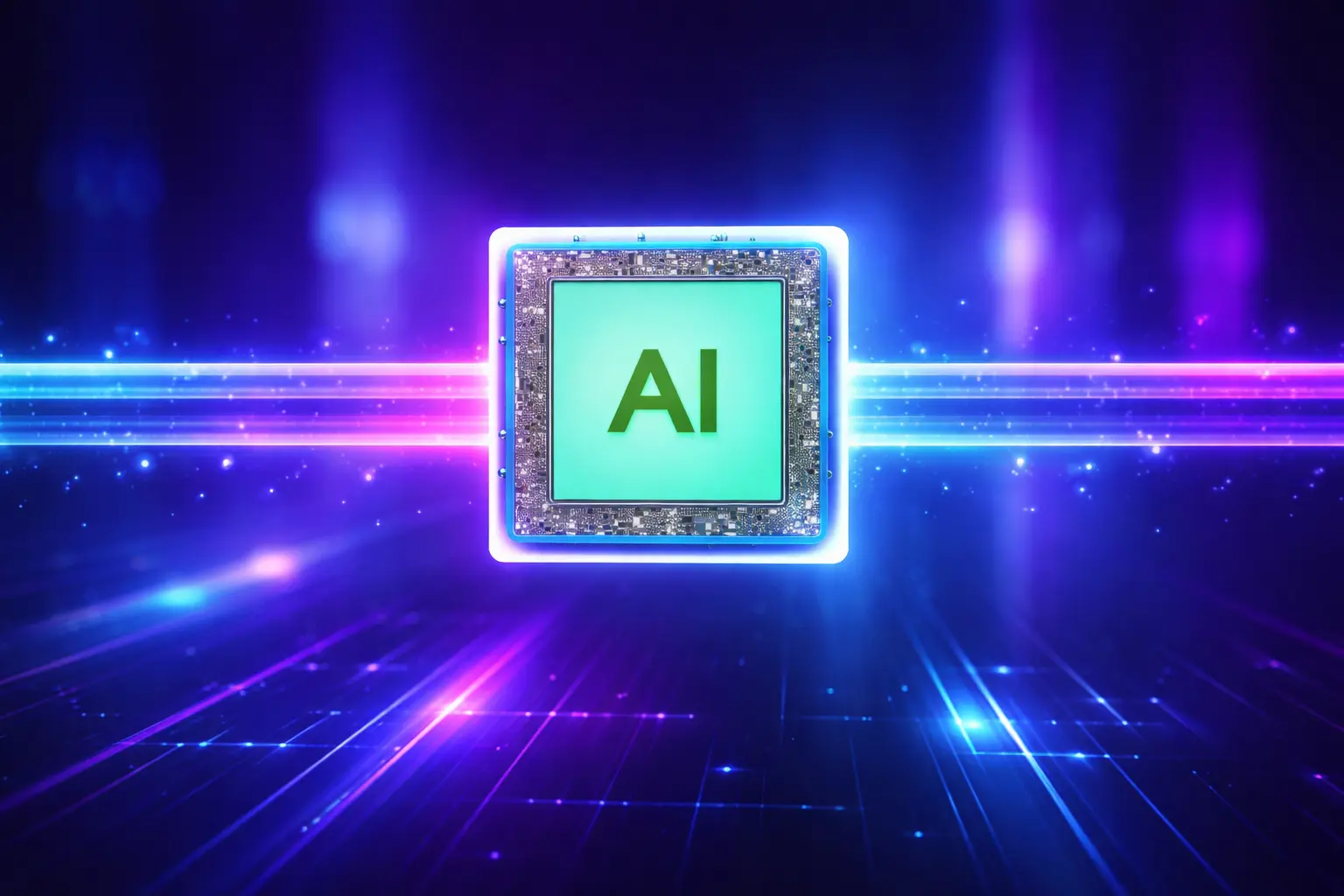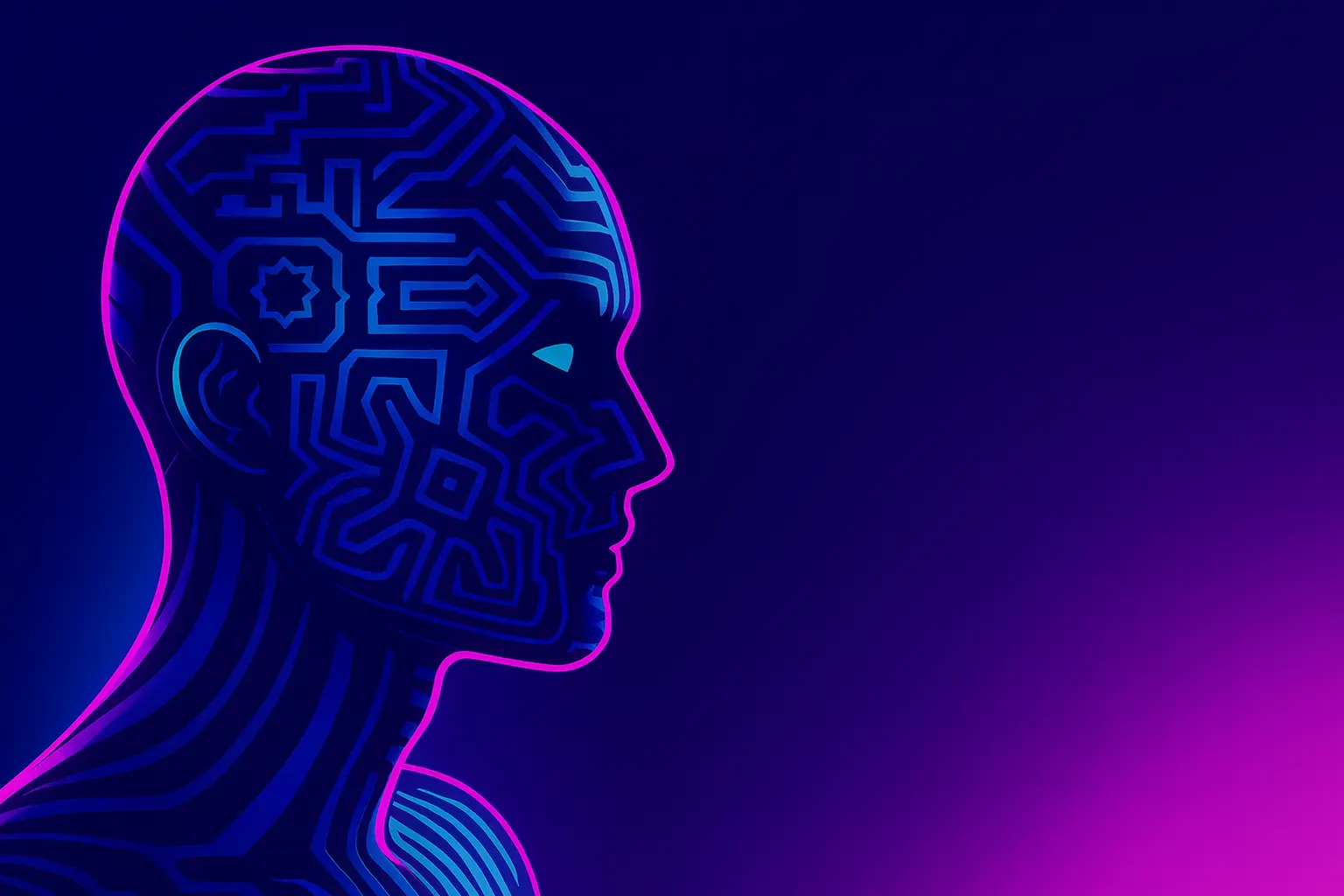Retrieval-Augmented Generation (RAG)
One technique we use is Retrieval-Augmented Generation (RAG). RAG combines the strengths of retrieval-based models and generative models. It fetches relevant information from a large dataset and generates accurate responses. This makes the model perform better by giving it more context and relevant data.




















